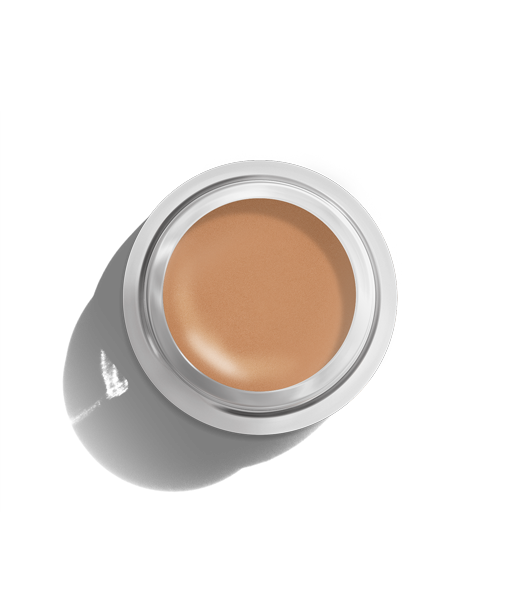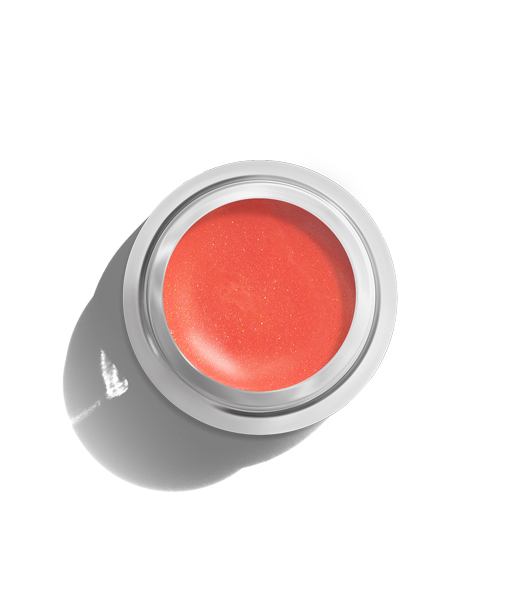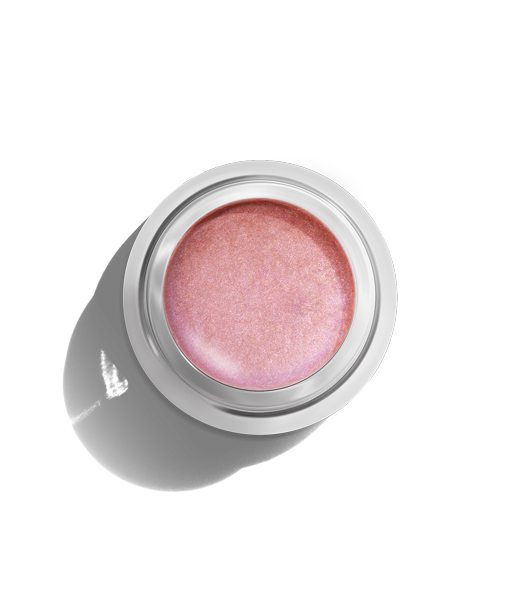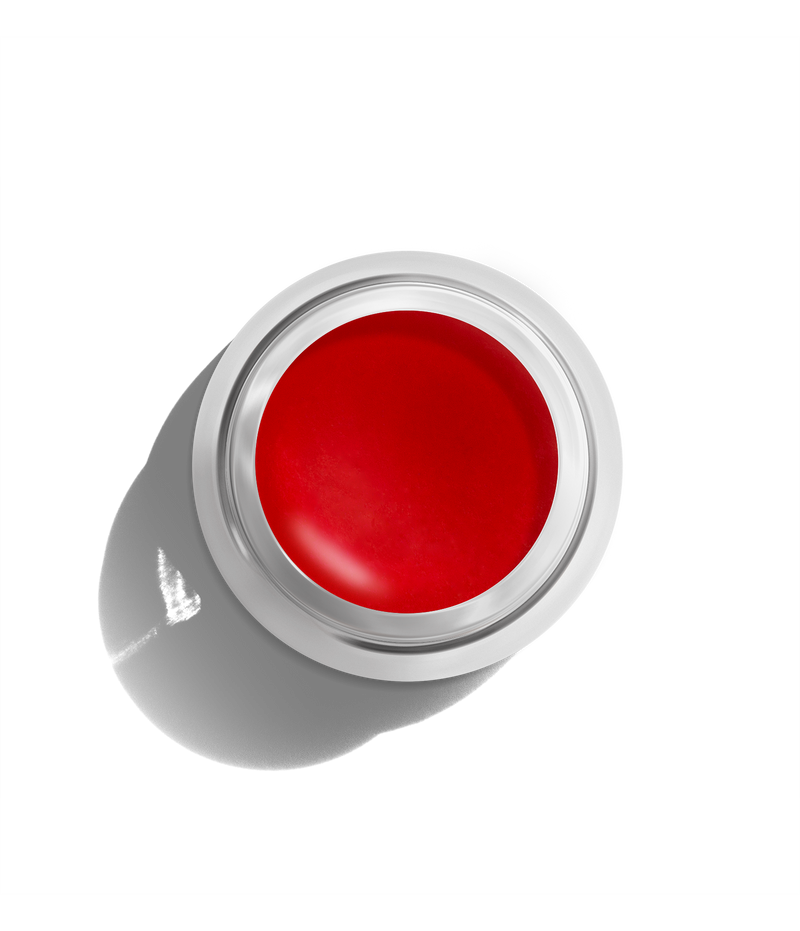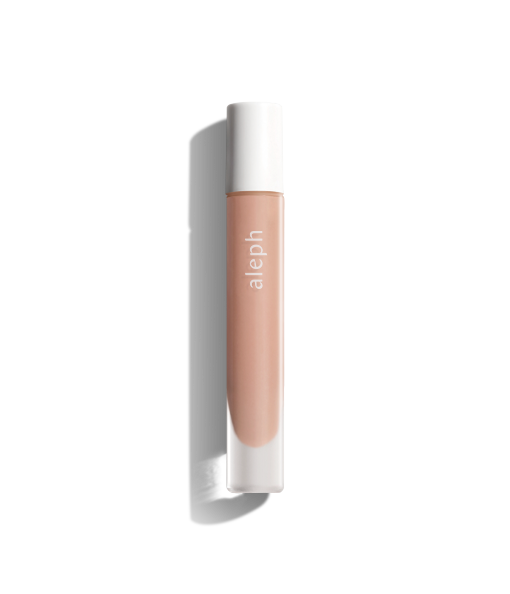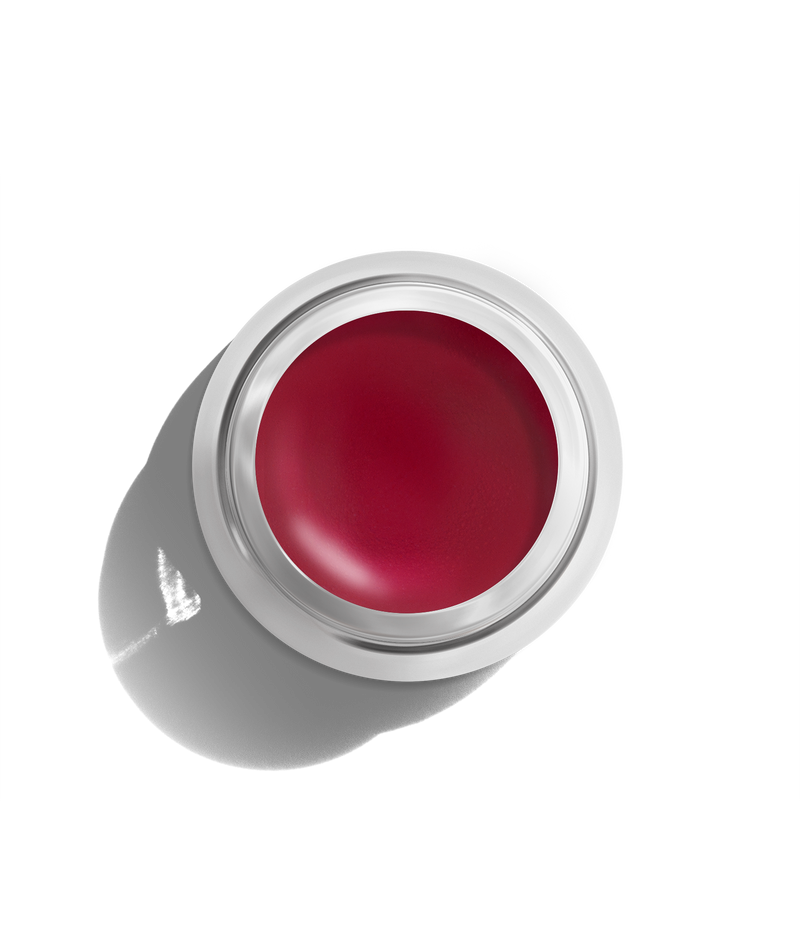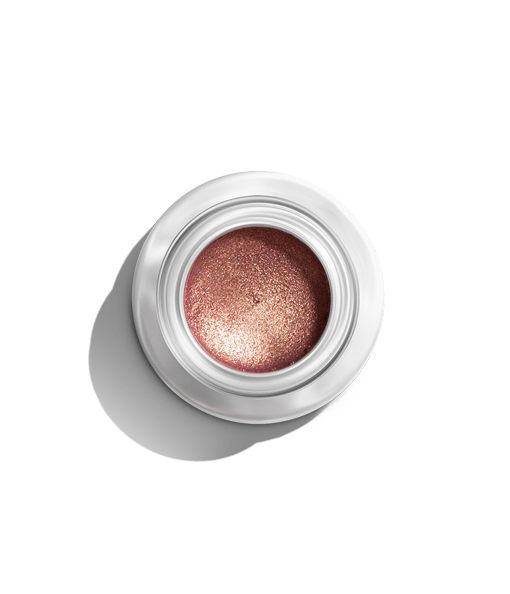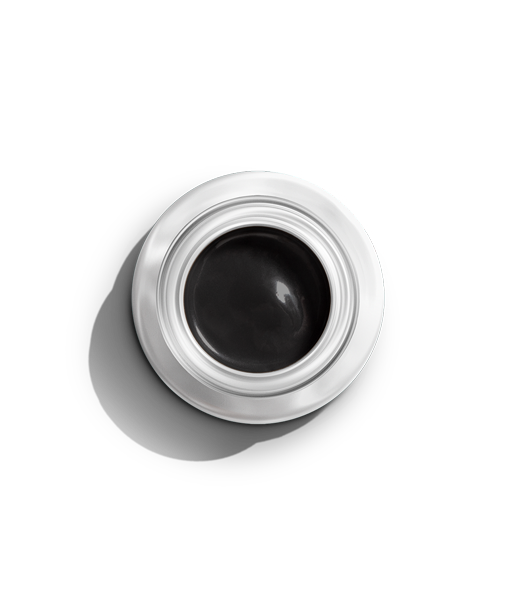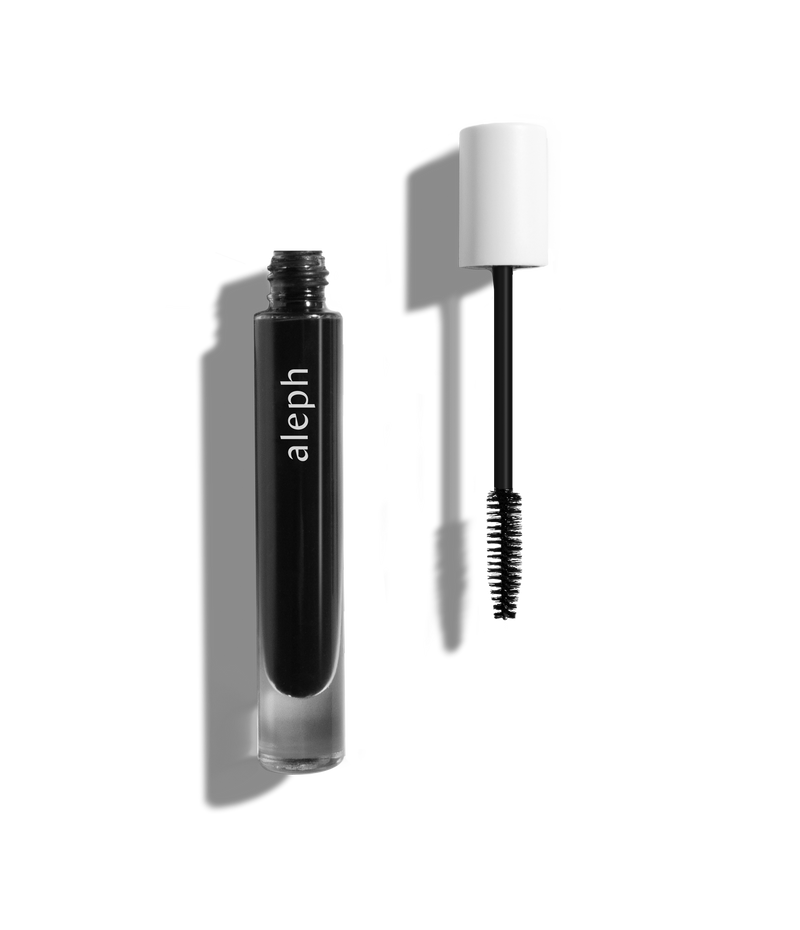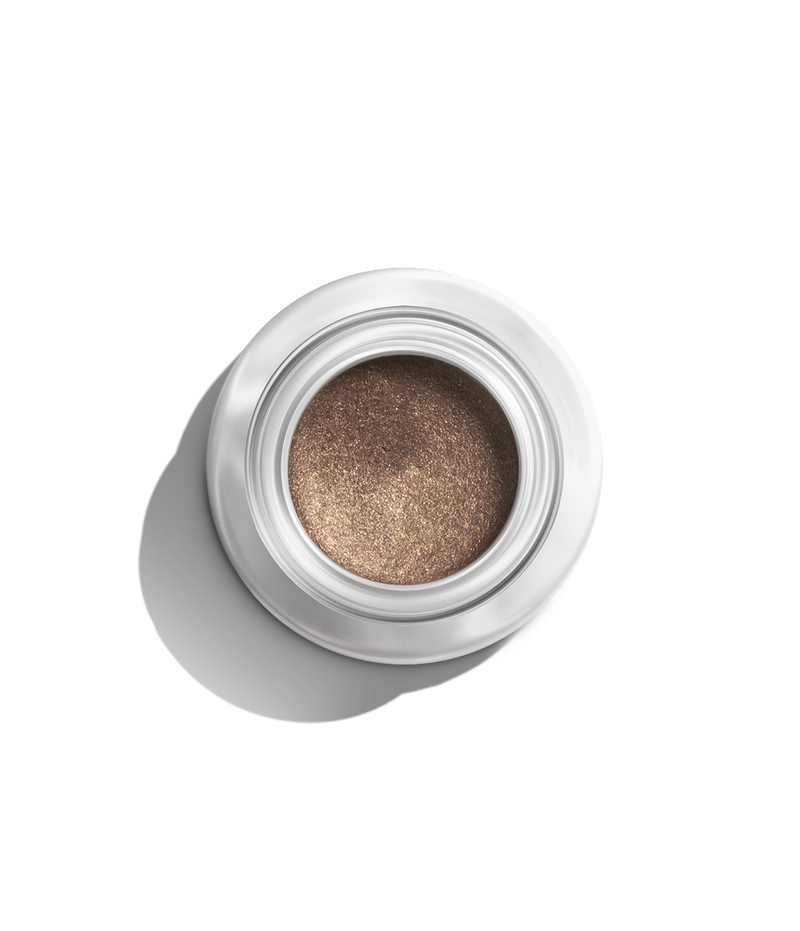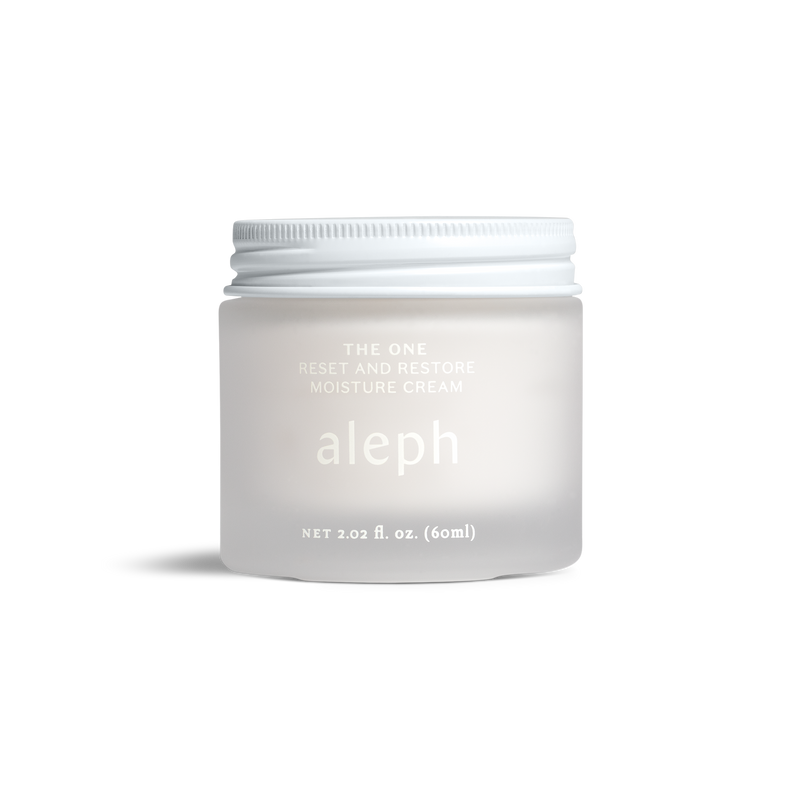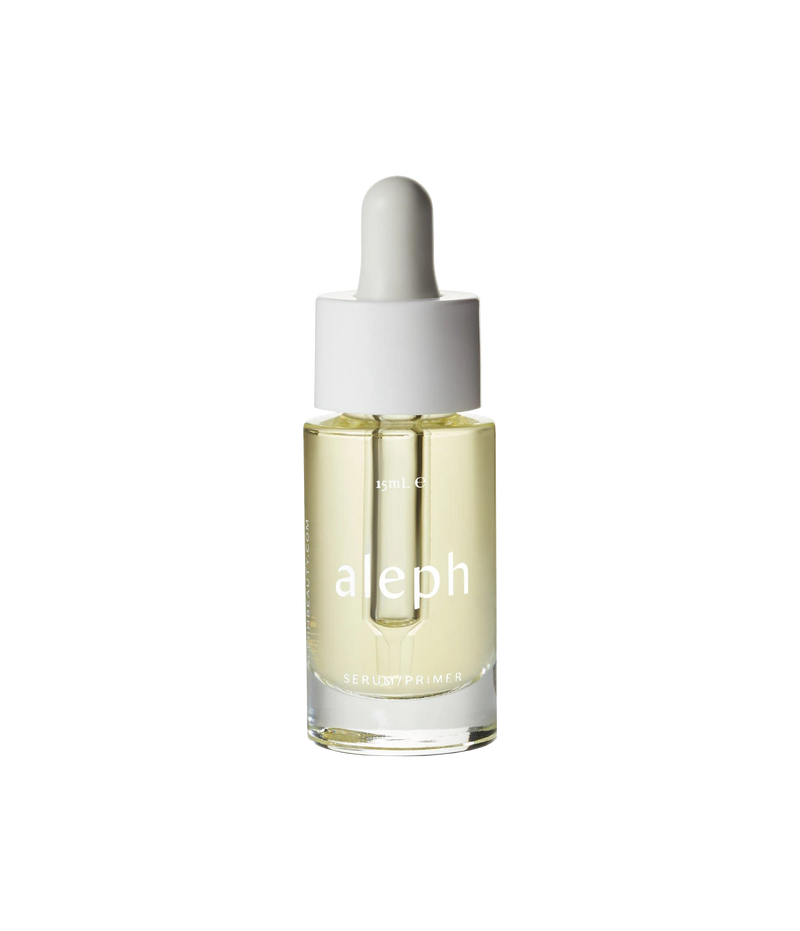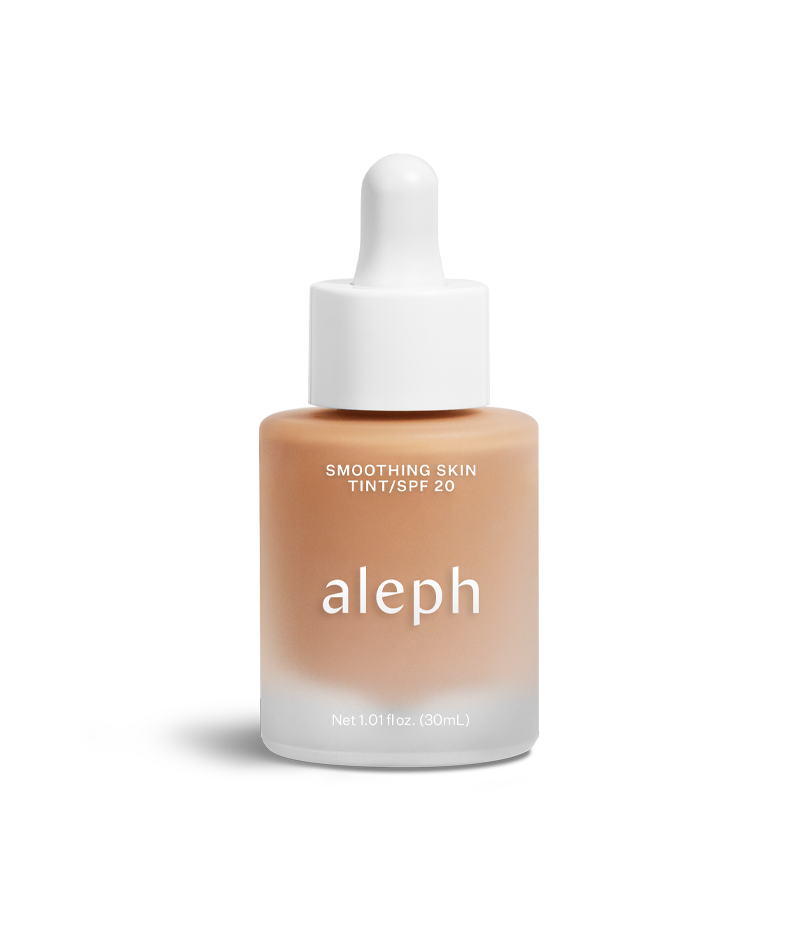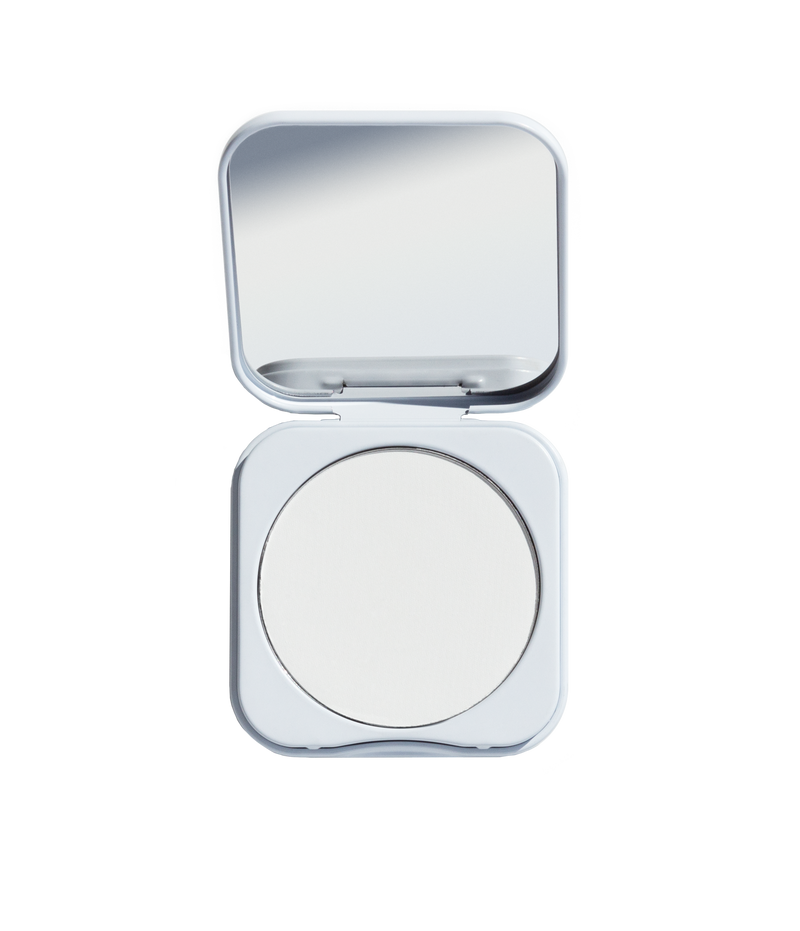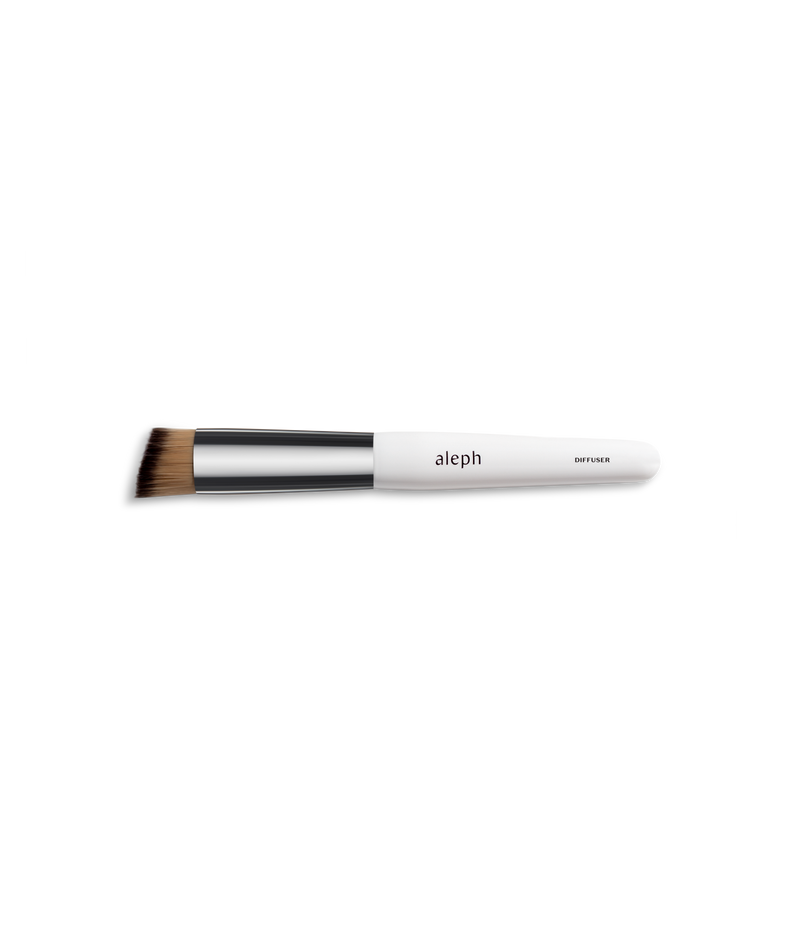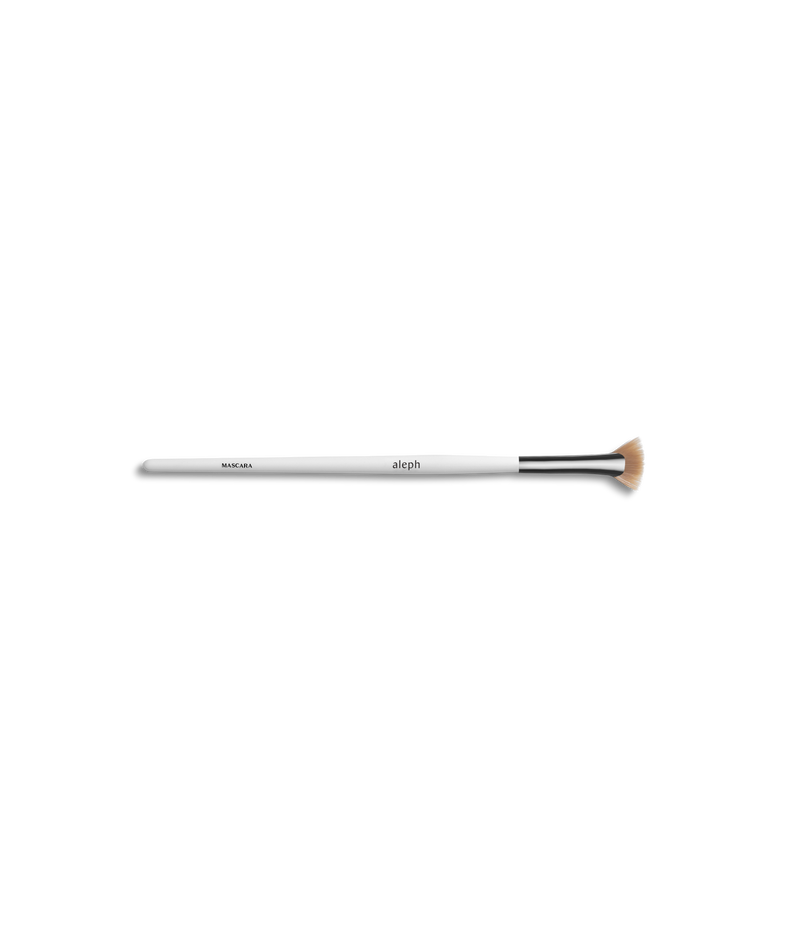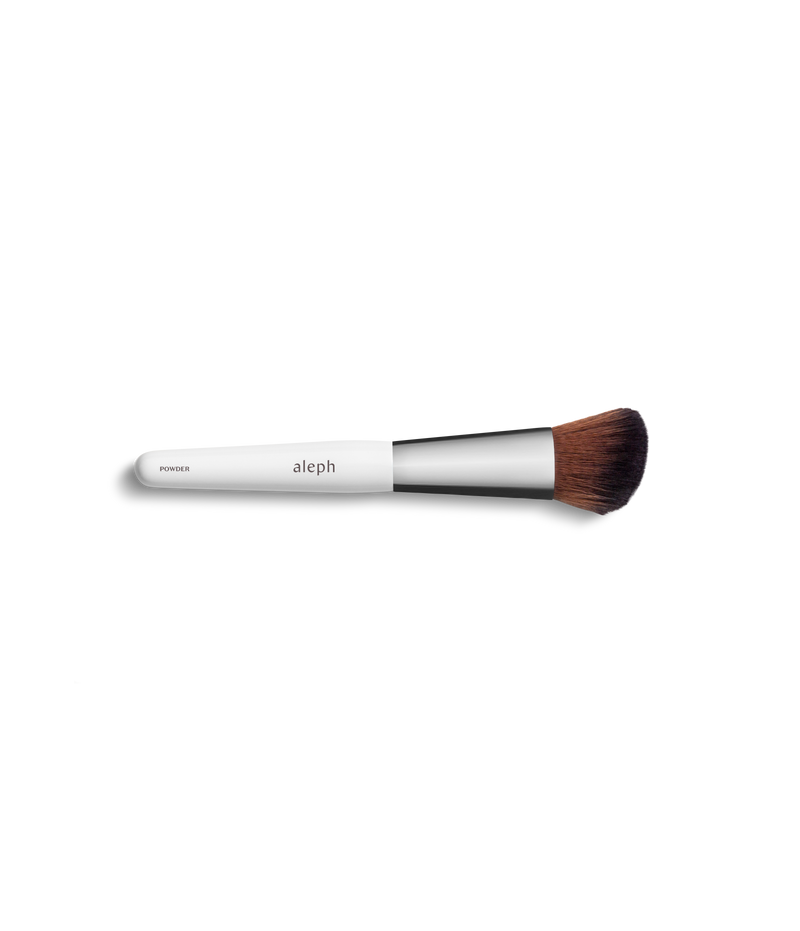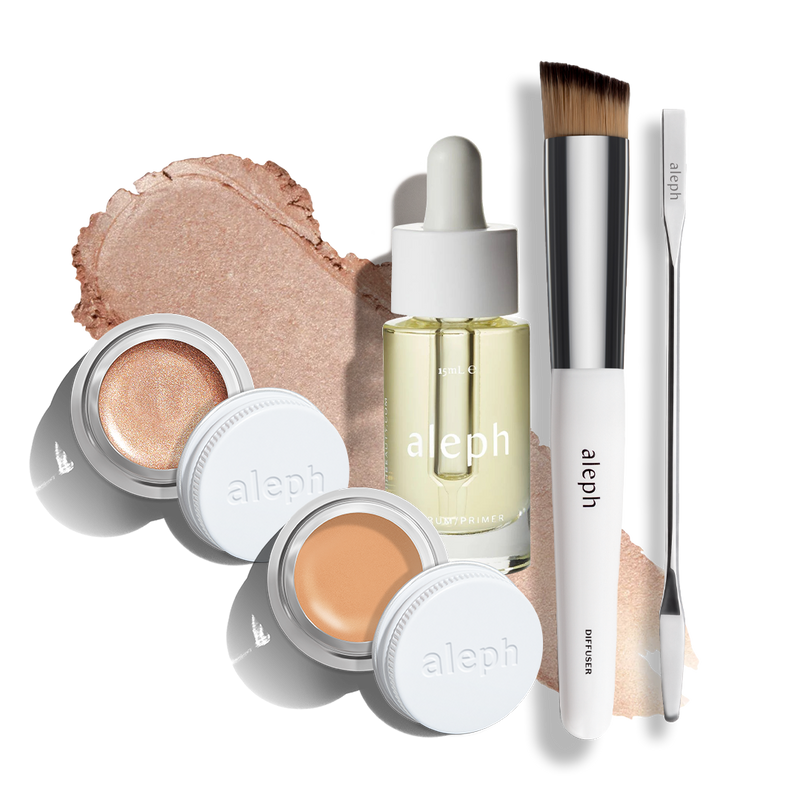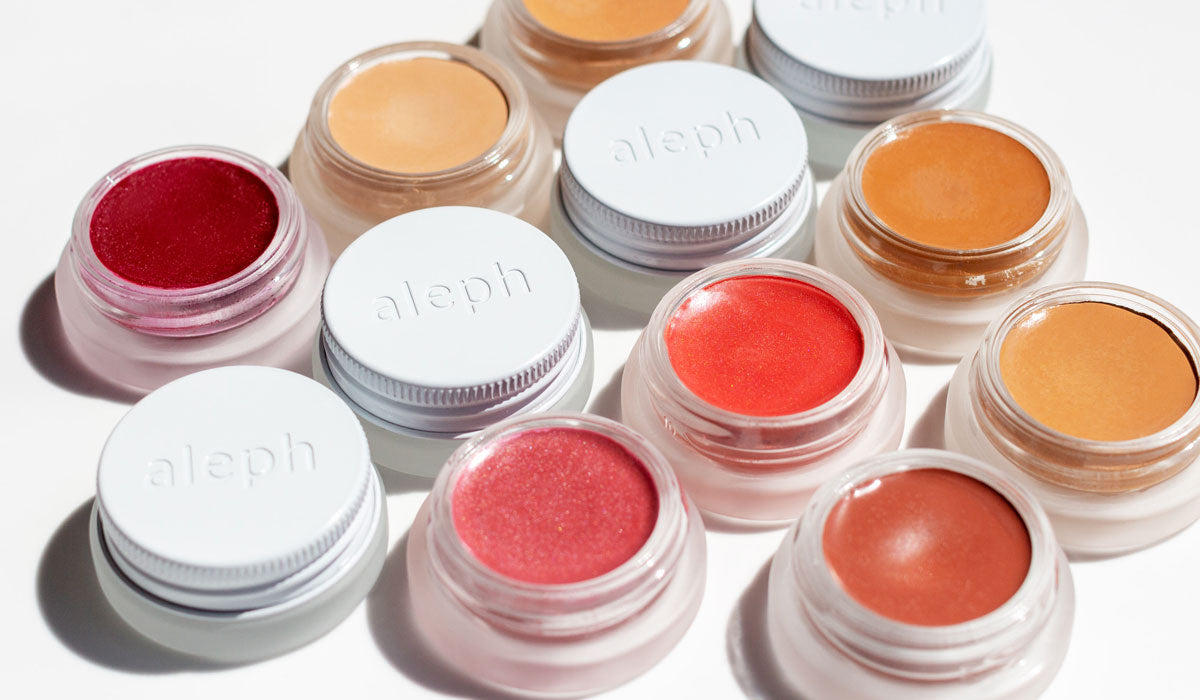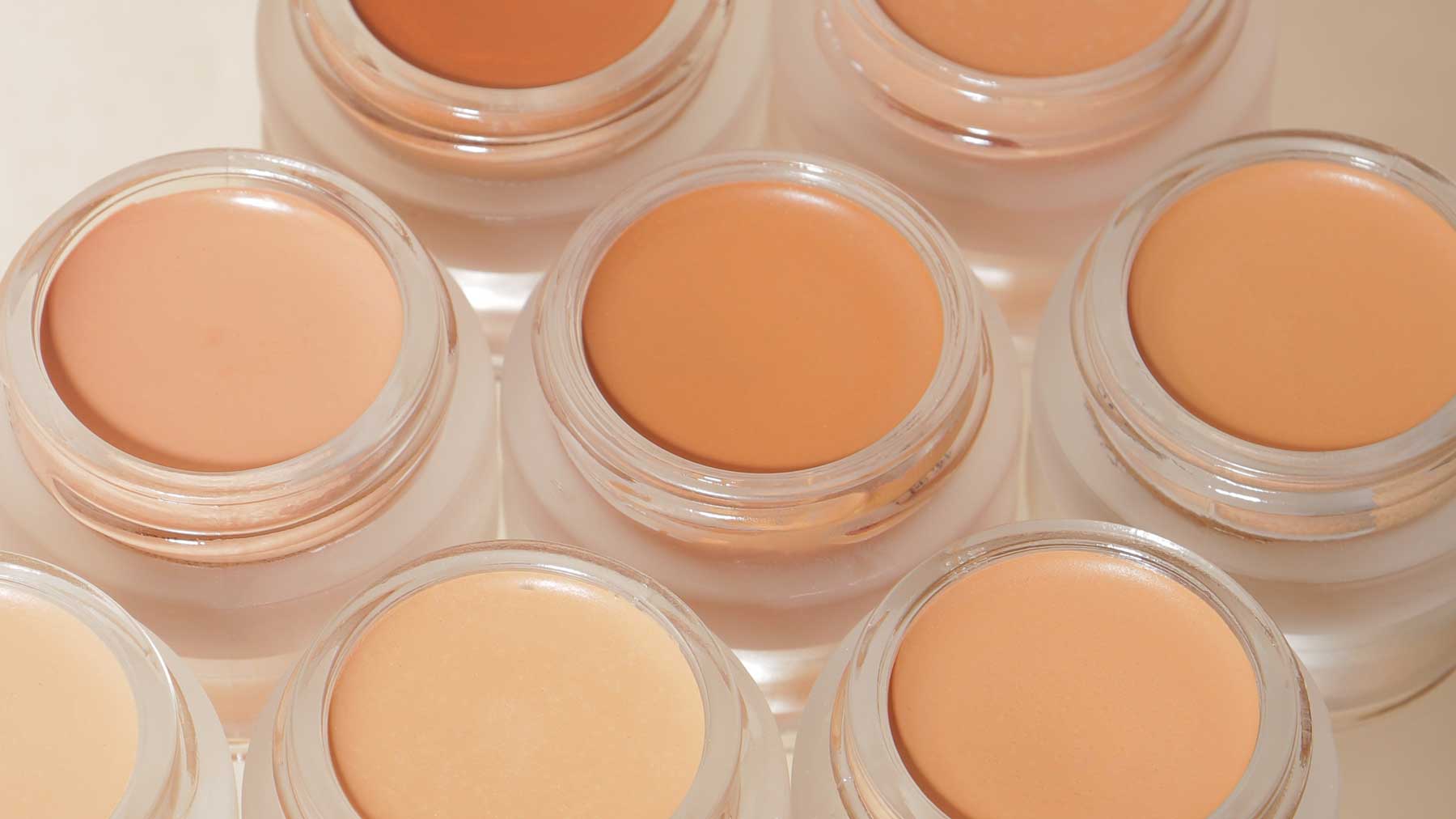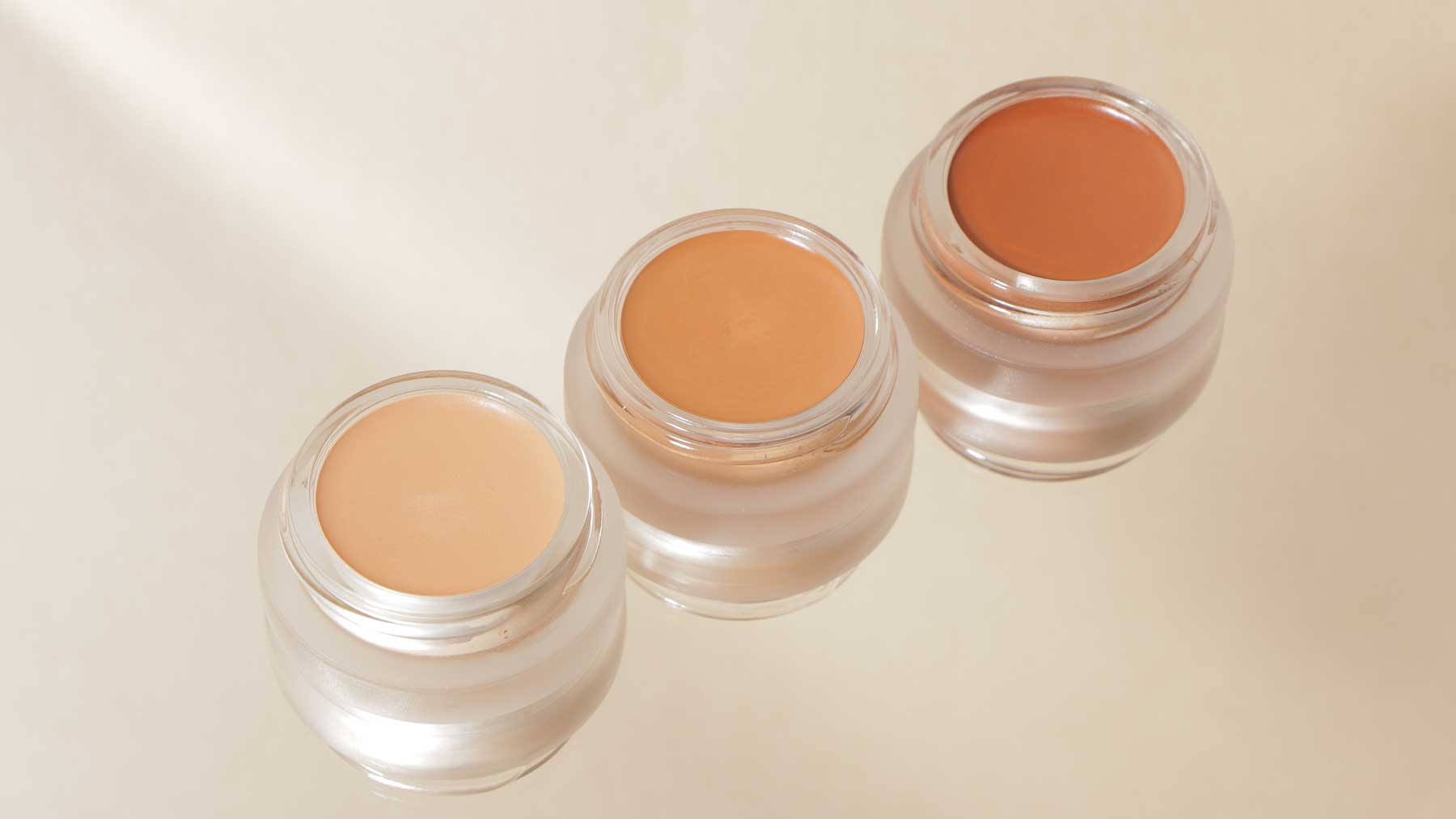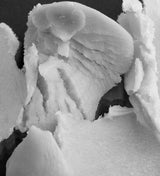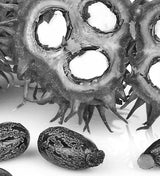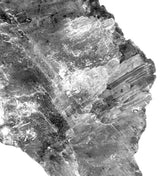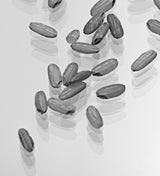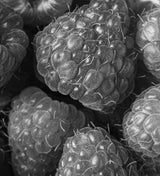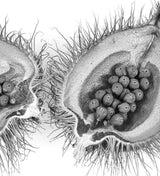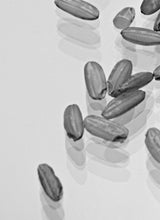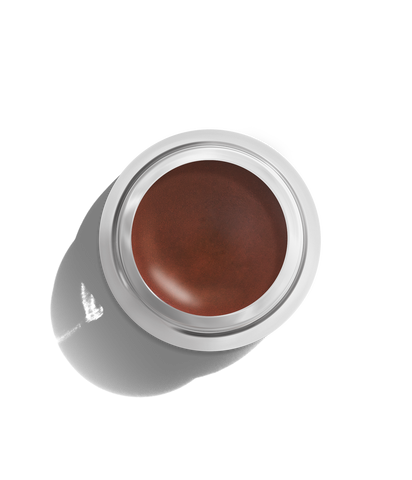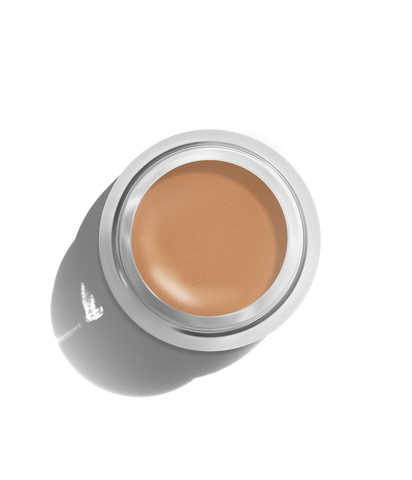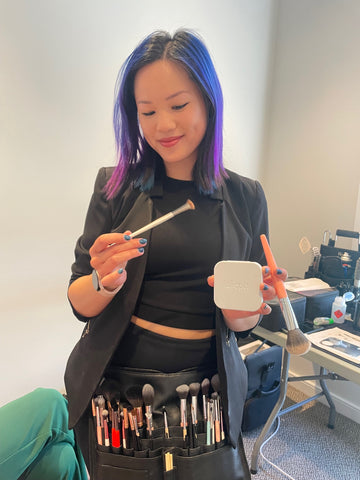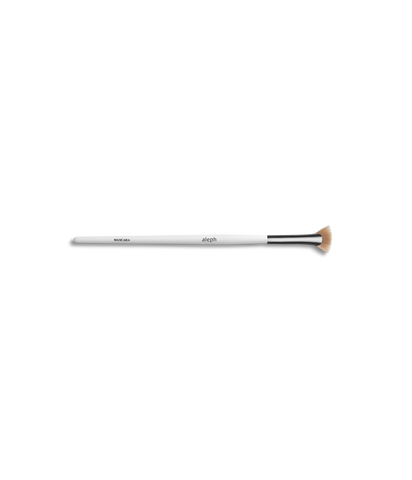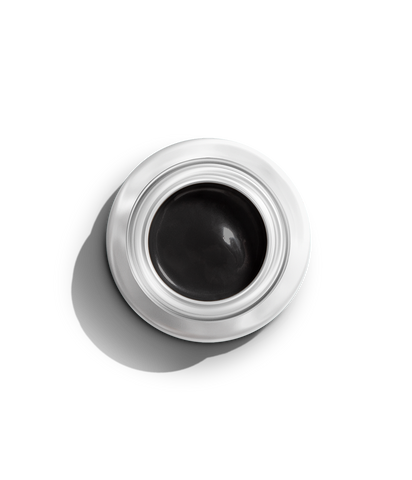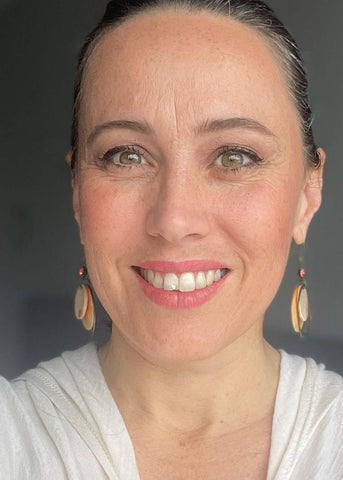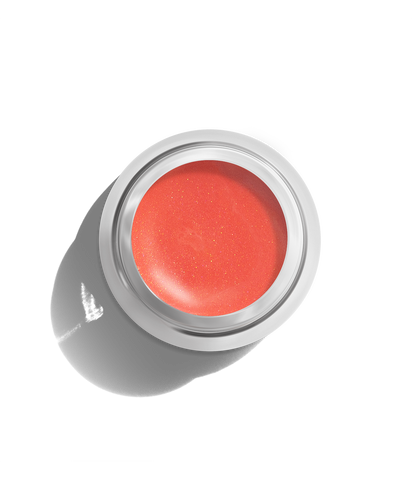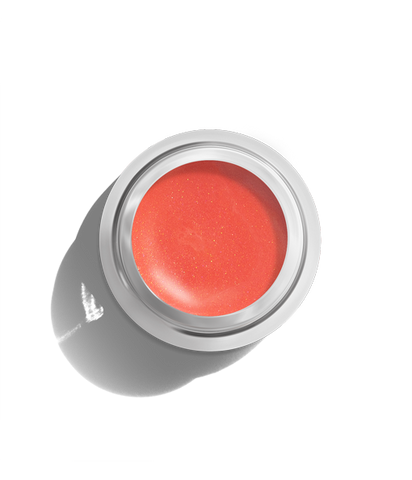Toxic chemicals are all around, that much is clear. They lurk in our food, water, air and countless other innocent-looking products. But do you really understand how they affect your body and how lasting their impact is?
These toxins have a special name; endocrine disruptors. Or, hormone disruptors. And yes, they do exactly as their name suggests.
There’s a lot of talk about keeping your hormones in balance. Being cautious not to throw them out of whack. Yet, hormone disruptors - arguably the worst culprits of them all - remain unknown to many.
We’re quick to blame our hormones for many of our ills: bad breakouts, mood swings, food cravings... But they are the unsung heroes of our bodies. They keep everything inside us running smoothly. From our metabolic and immune functions, to our cognitive abilities, reproductive system, gut health, and so much more. That is, if these nasty disruptors don’t get to them first.
Nothing is more important than our health. People are now realising the implications of toxin overload, but there’s still so much mystery shrouding the topic.
It's important we arm ourselves with this information. Especially for women, who are particularly vulnerable to hormone disruptors and their effects! That’s why we’re throwing open the curtain and exposing the truth behind these unseen hormone saboteurs.
The goal? For us to become more informed and toxin-savvy, so we can take back control of our health.
So, what are hormone disruptors?

Hormone disruptors are chemicals that can mimic or interfere with our own hormones. They can be either man-made or naturally-occurring. They look and act a lot like our estrogen, androgen and thyroid hormones, which explains why they can meddle with our body so easily. Our body can't spot the fakes!
According to studies, hormone disruptors can:
- block certain hormonal signals
- alter your hormone levels
- and even change the way they travel within your body.
They prevent your hormones from sending essential messages around your body. As a result, our normal bodily functions stop working like they should.
While research on the topic is only beginning, what we've seen so far is enough to make anyone run very far in the opposite direction of disruptors. Especially women wanting to conceive, have safe pregnancies and healthy children.
How can these chemicals affect me?
While both men and women are susceptible to hormone-disruptors, women are particularly vulnerable. A woman's body changes constantly throughout her lifetime. Each chapter requires a direct connection with her hormones - from fetal development all the way to post-menopause.
When this connection is in balance, it creates the conditions for great health. Yet, when this relationship falls out of balance it can trigger a variety of devastating health issues. These include miscarriage, still-birth, endometriosis and cancer, just to name a few.
Although there are many factors that influence women's health, hormone disruptors are proving to be a major concern. Increasingly, studies show that women are most affected during stages of significant growth such as fetal development or puberty. Due to the growing exposure to toxins, young girls are actually reaching puberty earlier.
What’s more, the effect of these disruptors can sometimes inflict multi-generational harm.
The best example of this harm goes back to the 1940s and involves a drug named Diethylstilbestrol (DES). Now, a known hormone disruptor, this drug was prescribed to help women during high risk pregnancies. Studies would later reveal that many DES daughters experienced infertility issues as well as cancer in their reproductive organs and breasts.
Where do they come from?
Unfortunately, hormone disruptors aren’t easy to hide from. Are you surprised? We’re exposed to hormone disruptors everywhere we go; indoors, outdoors, at home, work and everywhere in between.
They lurk in cosmetics, personal care products, cleaning supplies, plastic and even household dust. Like the Trojan horse, hormone disruptors use these items to get around. Straight into our system! Most of us go about our day, completely blind to the toxins we're either inhaling, ingesting, drinking or simply touching.
What are some examples of hormone disruptors?
- BPA
Bisphenol A (BPA) is a chemical commonly used in plastics to keep them tough and heat resistant - at our bodies cost. BPA has been linked to everything from breast cancer to obesity, early puberty and reproductive problems, says EWG.org.
- Pesticides
Long-term exposure to pesticides like dichloro diphenyl trichloroethane (DDT) has been linked to infertility issues, birth defects, neurological disorders and cancer. Yikes.
- Glyphosate
Glyphosate, a particular type of herbicide, is worth a special mention. This toxin is the main ingredient in Roundup, one of the world’s most used commercial herbicides. And don’t think this chemical can be washed off easily - it’s incorporated into every cell of the crop. It’s then delivered straight to your gut, where it proceeds to obliviate good gut bacteria, the amino acids associated with it and inflict a number of other health issues.
- DES
Diethylstilbestrol (DES) is an estrogenic compound that was originally manufactured back in 1983 and was prescribed to women with the mistaken belief it would prevent miscarriage. But as research emerged, this drug not only failed at that but also became inextricably linked to numerous health risks in both the mother and her offspring.
- Phthalates
These nasties are a family of compounds used in soft plastics as well as cosmetics, fragrances, vinyl flooring, shampoo and more. Phthalates are remarkably powerful disruptors, which work by locking onto estrogen and thyroid receptors and blocking them from sending their all-important messages.
- Parabens
Parabens are a group of synthetic compounds commonly used as preservatives in a wide range of health, beauty and personal care products. Simply put, parabens are estrogen copy-cats and can cause major damage when let loose on our precious endocrine system. In the past, parabens have been linked to many cases of breast cancer.
- Dioxins
Dioxins are the byproduct of some manufacturing processes and can forcibly disrupt the delicate ways in which our sex hormones signal within the body.
See more examples, here.
How can I avoid toxic chemicals?

With these chemicals lurking everywhere, detoxification is no longer a luxury. It’s something everyone - no matter your age or gender - should take on board. Luckily, there are many ways you can limit your exposure to these crafty toxins.
1. Filter your water
Your drinking water might be contaminated with atrazine, arsenic or other hormone-altering chemicals that can disrupt your delicate endocrine system. That’s why it’s hugely important to filter your water - both at your tap and your shower.
2. Clean up your cleaning routine
Many household cleaning products contain a number of industrial chemicals that can send your hormones spinning. Seems sort of counterproductive, doesn’t it? Instead of settling for these conventional cleaners, create your own. It’s easier than you think. For inspiration, browse this list of simple DIY recipes.
Additionally, invest in a HEPA filter for your vacuum. This intelligent filter works by forcing air through a fine mesh and trapping potentially harmful chemicals found in household dust.
3. Rethink your makeup bag
Can you pronounce the ingredients in your cosmetics? The rules around what ingredients can and can’t be used in cosmetics are confusing, to say the least. As a result, companies can get away with using hormone altering chemicals in their products - often with zero repercussions.
Here at Aleph, we believe you shouldn’t have to suffer for your makeup. Hence why our products are intentionally made with natural and non-toxic ingredients only.
4. Double-check your diet
Your diet is a big source of hormone disruptors. Conventionally-grown foods are now laden with pesticides. Which release powerful poisons into our system. Not to mention the number of GMO foods now stocked on our shelves. Genetically modified foods (GMO) are foods that have had their DNA altered, sometimes in order to withstand the onslaught of pesticides like Roundup. And the scariest part? Companies don’t have to tell you any of this on the label.
While cutting out food altogether isn’t an option, you can limit your exposure to these nasty toxins. Try shopping as organically as possible (have you tried your local farmers market?) and always wash your foods before consuming them!
5. Ditch synthetic fragrances for good
Have you ever hugged a friend, only to have their perfume cling to your skin? If your perfume smells strong and lasts all day, it’s likely filled with dangerous chemicals such as phthalates. Thankfully, forward-thinking brands like Abel exist. Beautiful brands like this provide natural, non-toxic scents that smell like heaven in a bottle. No dirty chemicals needed!
6. Review your plastics
As if we needed another excuse to ditch plastic! While it’s near impossible to eliminate all plastic, there are ways to reduce your exposure to the chemicals associated with them.
For example, swap your food containers with glass jars or steel alternatives. Replace your plastic ziplock bags with reusable lunch bags. Swap your water bottle with a steel version. Switch cling wrap with wax-based cloth.
This article isn’t designed to scare you. Rather, inspire you to learn more about these dangerous hormone saboteurs. It doesn’t matter what stage of life you’re at, or even your gender, this information is too important not to wield. It might just be the thing holding you back from leading your fullest, healthiest life.

 BACK
BACK